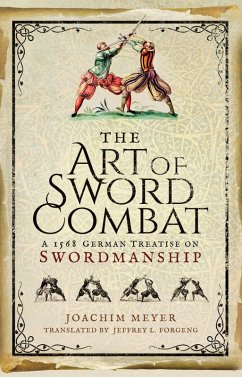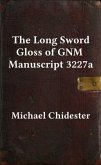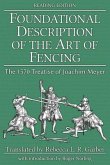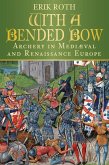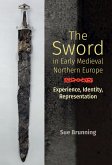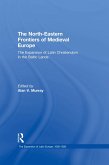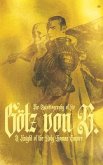This sixteenth-century German guide to sword fighting and combat training is a crucial source for understanding medieval swordplay techniques. Following his translation of Joachim Meyer's The Art of Combat, Jeffrey L. Forgeng was alerted to an earlier version of Meyer's text, discovered in Lund University Library in Sweden. The manuscript, produced in Strasbourg around 1568, is illustrated with thirty watercolor images and seven ink diagrams. The text covers combat with the longsword (hand-and-a-half sword), dusack (a one-handed practice weapon comparable to a sabre), and rapier. The manuscript's theoretical discussion of guards sheds significant light on this key feature of the historical practice, not just in relation to Meyer but in relation to medieval combat systems in general. The Art of Sword Combat also offers an extensive repertoire of training drills for both the dusack and the rapier, a feature largely lacking in treatises of the period and critical to modern reconstructions of the practice. Forgeng's translation also includes a biography of Meyer, much of which has only recently come to light, as well as technical terminology and other essential information for understanding and contextualizing the work.
Dieser Download kann aus rechtlichen Gründen nur mit Rechnungsadresse in A, B, BG, CY, CZ, D, DK, EW, E, FIN, F, GR, HR, H, IRL, I, LT, L, LR, M, NL, PL, P, R, S, SLO, SK ausgeliefert werden.

